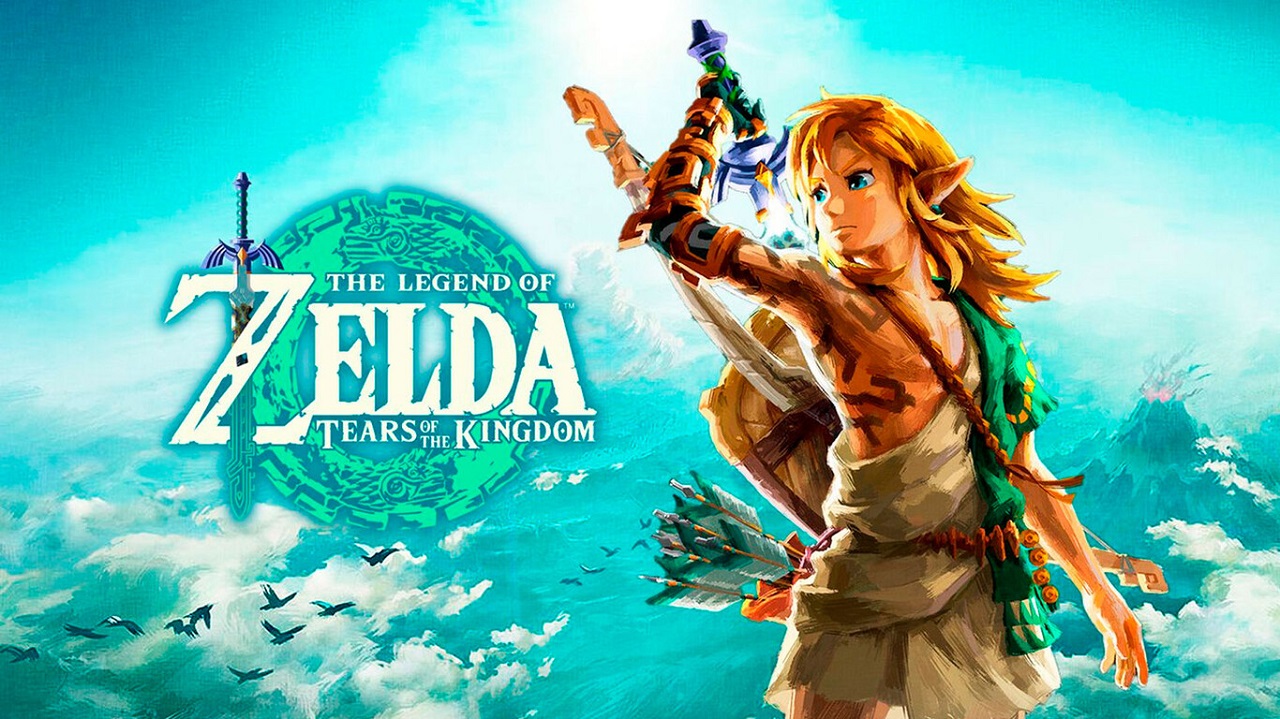The Legend of Zelda: Breath of the Wild was a big deal for gamers. It was the swan song for the unfairly maligned Wii U and was a launch title for the Nintendo Switch. It was a tremendous success for Nintendo as a company and it wasn’t long before there were imitators like Immortals: Fenyx Rising or Genshin Impact came out and copied elements of its success.
It is no surprise why Breath of the Wild captured the imaginations of so many players. Nintendo had never attempted an open-world game on such a vast scale before. To the more discerning eye, its seams would be apparent and the experience would prove to be shallow due to the barrenness of the setting and the frustration found in its systems.
After a lengthy development cycle and a delay, a sequel would finally come, with a hefty price of $69.99. Nintendo promises that the price increase would reflect the game’s experience, but does it? Zelda games rarely get direct sequels. How does this one fare? Find out in The Legend of Zelda: Tears of the Kingdom review!
This is a review coupled with a supplemental video review. You can watch the video review or read the full review of the below:
The Legend of Zelda: Tears of the Kingdom
Developer: Nintendo EPD
Publisher: Nintendo
Platforms: Nintendo Switch
Release Date: May 12, 2023
Players: 1
Price: $69.99 USD
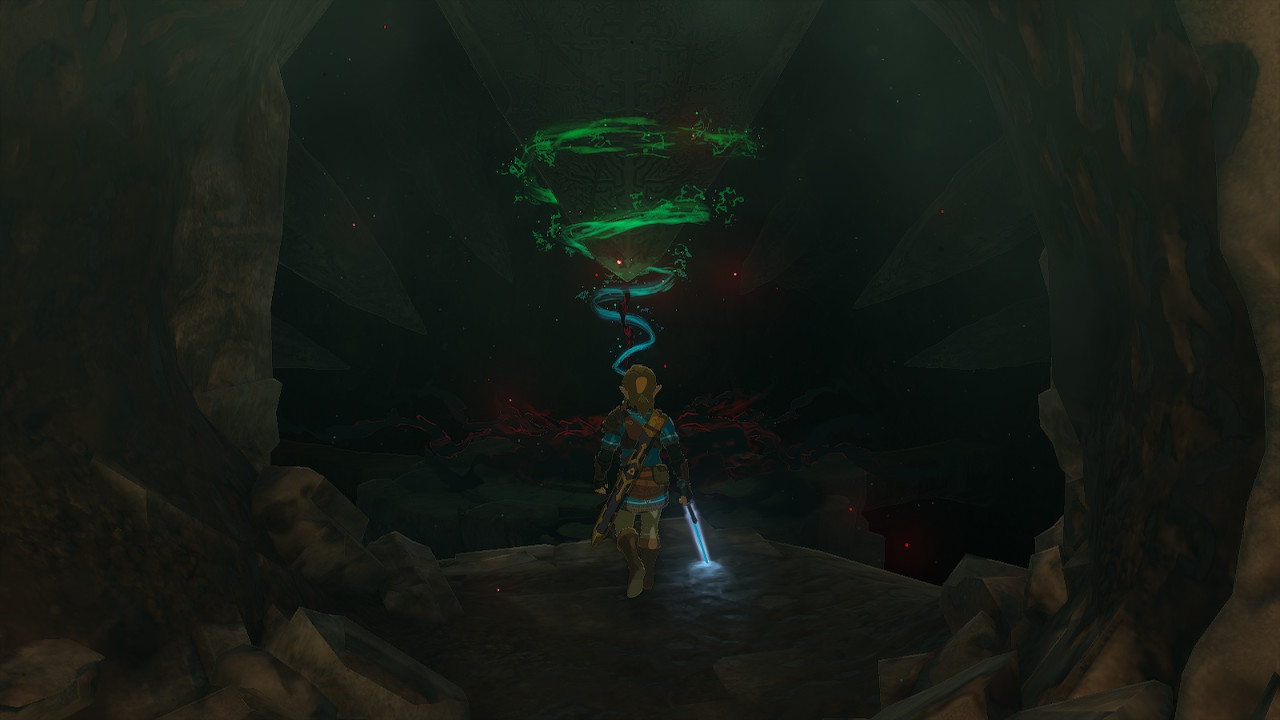
The Legend of Zelda: Tears of the Kingdom makes a powerful first impression. The new sky island setting is visually striking; Skyward Sword was never able to realize the concept and it never truly felt like Link in the sky. The sky was effectively a loading area to transition the player from Skyloft to the surface below and they always felt separated.
Tears of the Kingdom fully realizes the dream of a massive world where players can travel between floating islands that float thousands of feet in the sky and free fall to the loam of Hyrule. On top of settings in the sky and a remixed version of Breath of the Wild‘s Hyrule, there is also a vast underworld of depths that span the size of the kingdom above. This is probably why Nintendo believes that the $70 price is warranted.
The truth of the matter is that the sky islands and depths don’t measure up to the rest of the world in Tears of the Kingdom. The sky islands are made up of a very limited amount of assets. They are also sparse and mostly empty; mostly existing to facilitate more shrines.
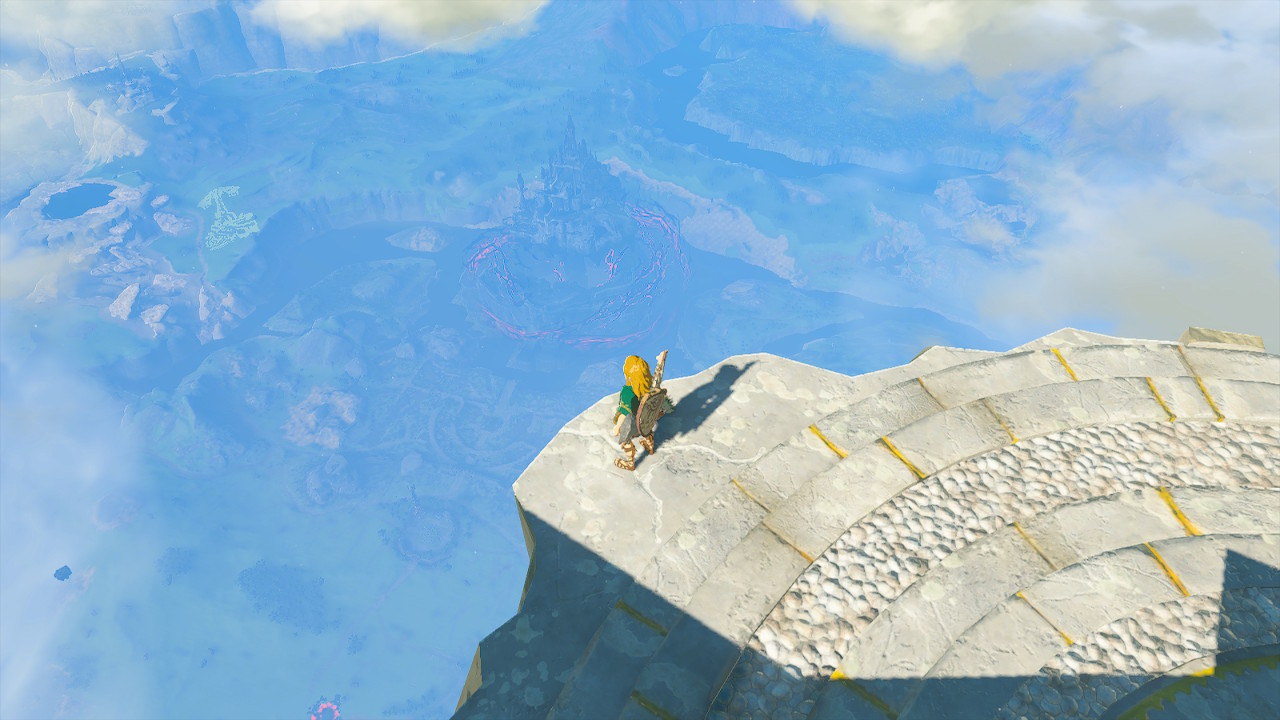
The depths are also disappointing in a different way. The scale of the depths is impressive for matching the size of Hyrule above ground, but it isn’t long before players come to the horrifying revelation that the depths are all made up of the same dark and gloomy flavor.
Most of the depths are understandably shrouded in darkness, but after a while, the novelty and mystery go away. All you are left with is effectively a massive desert in the dark with some recycled ruins and scaffolding to mix it up. The most engaging aspect of the depths is avoiding the gloom muck that has been splattered all over the place and trying to walk or find ways around it. At times, it kinda feels like playing Death Stranding.
Whether Link is up in the clouds, roaming Hyrule, or fumbling in the dark of the depths; like any Zelda game, Tears of the Kingdom is about exploring. Veterans of Breath of the Wild will feel right at home because most of Hyrule is the same as it was back in 2017.
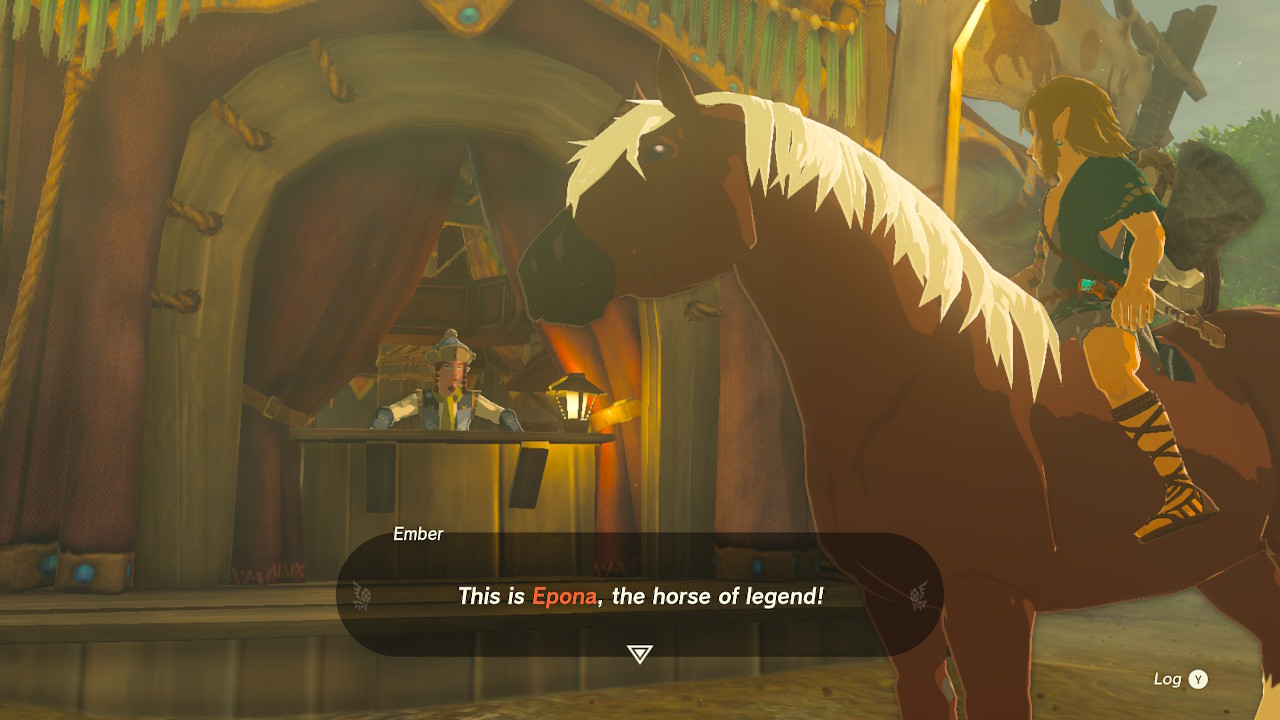
Players will see why the map was recycled because the director wanted to convey a sense of time passing. The world has moved on since Calamity Ganon and Hylians are finally able to go out and explore. Expedition teams are roaming the land and plunging the depths. New outposts are established and the world feels like it has undergone a leap forward.
The changes are different enough from Breath of the Wild to make the setting interesting. It is like how in Yakuza games Kamurocho changes a bit as time passes between every game. Buildings that were under construction get built, new areas open up and the district undergoes remodeling to reflect the changes over time.
For $69.99, Tears of the Kingdom does not go far enough with the changes to the existing version of Hyrule. The major additions are primarily the depths and the sky islands which are too samey. It isn’t like how Majora’s Mask gave players an entirely new world to explore when comparing Termina to Hyrule. If you enjoyed the setting in Breath of the Wild, you will probably still enjoy it in Tears of the Kingdom.
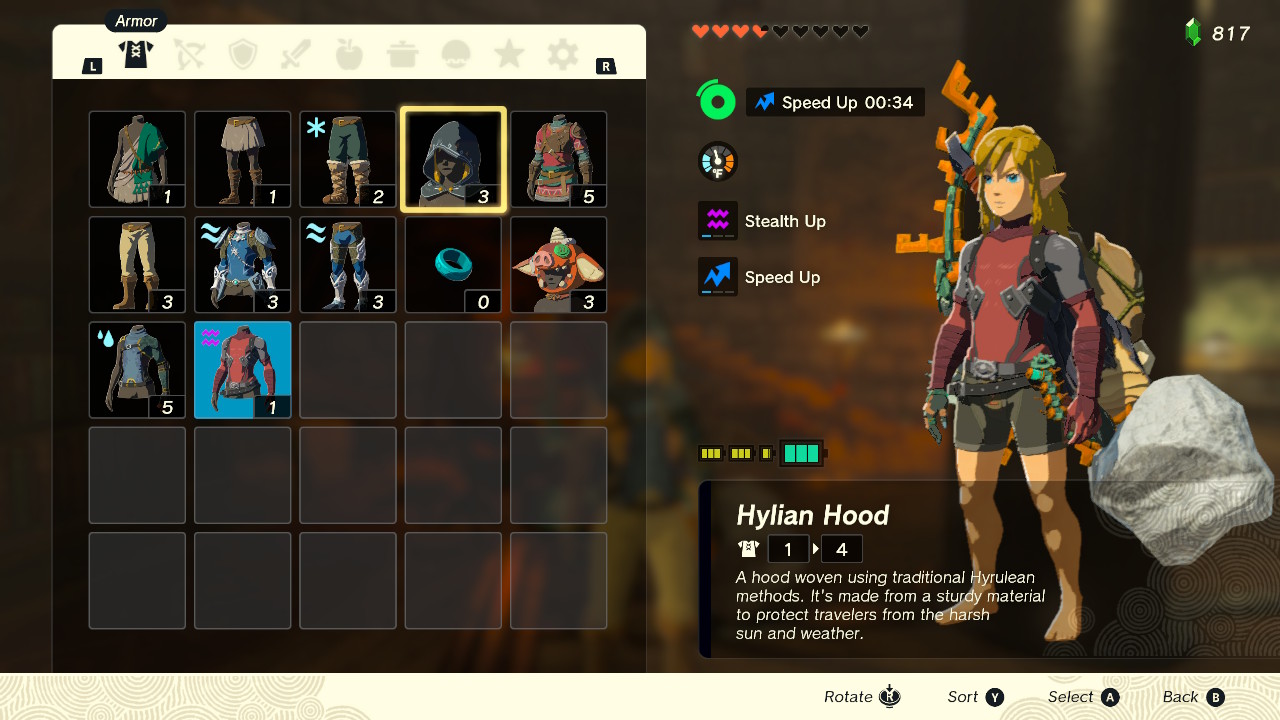
Tears of the Kingdom‘s world-building and story-telling are not where they could be. The premise is fine; Link and Zelda are seemingly married and during an expedition, they find a desiccated corpse of Ganondorf. He gets revived and during the commotion, Zelda gets sent to the past, and the encounter with Ganondorf drains Link of all of the power he acquired during Breath of the Wild.
When Link wakes from his coma, he is given a new magical right hand that gives him the power of the founder of Hyrule. When players are set loose from the starting tutorial sky island, Link will be given several quests that will eventually lead up to finding out where Zelda has gone and how he can find her.
Where the narrative falters is how the handling of time travel affects the story. Zelda was sent back like 10,000 years and through some circumstances that won’t be explained in this review (for spoiler reasons), was able to leave memories in the form of tears.
The logic doesn’t make sense because, during the 10,000 years, those memories were sitting around Hyrule. Anybody could have found these mysterious tears and the line of events also clashes with the events of Breath of the Wild. These scenes also have to be found and they can be acquired in any order which is admittedly admirable to have a story that gamers can opt-in. It can be easy to spend over 50 hours just exploring.
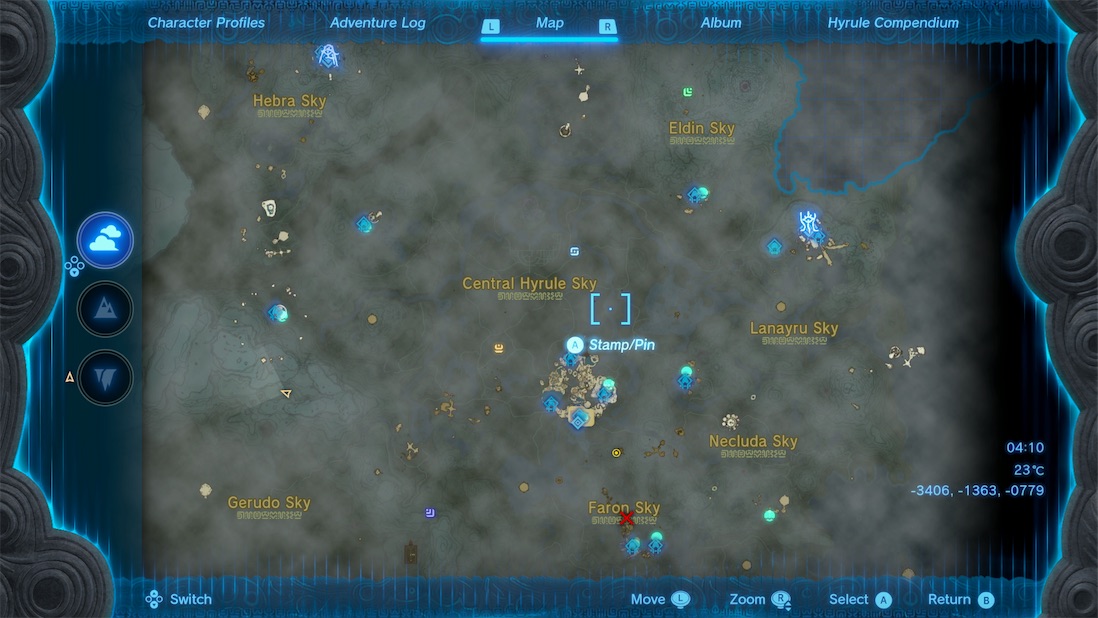
Another aspect of the storytelling that does not impress is the shrines. These are carried over from Breath of the Wild and a lot of their issues are in Tears of the Kingdom too. Their existence in the logic of the game’s world makes no sense. Why is there a shrine that is a large Jenga puzzle? These are purely for the sake of gameplay and to give players something to do; they don’t serve any logical purpose in the lore or the narrative.
The plot of Tears of the Kingdom can be best described as a “Greatest Hits” of story beats from past Zelda games. There are several scene recreations of sequences from other titles in the franchise; plenty of moments for fans to point at the screen in joyous recognition as they munch on memberberries. The presentation is far from intrusive or offensive; it gets the job done and it moves the player forward toward the good stuff: the gameplay.
The major addition to the gameplay in Tears of the Kingdom is the Ultrahand, Recall, Ascend, and Fuse abilities. Bombs are now consumable items, Link can’t charge up kinetic energy and he won’t be able to make ice pillars anymore. Aside from the glider, Link acquires every ability he needs in the tutorial area.
Ascend allows Link to pass through ceilings and is useful for getting out of caves or getting to the top of a surface, but its utility is very limited. It is very situational, like Fuse, which is primarily for making weapons or shields and not much else. It can be very entertaining to combine two halberds and safely poke a giant ogre to death from a safe and comfortable distance.
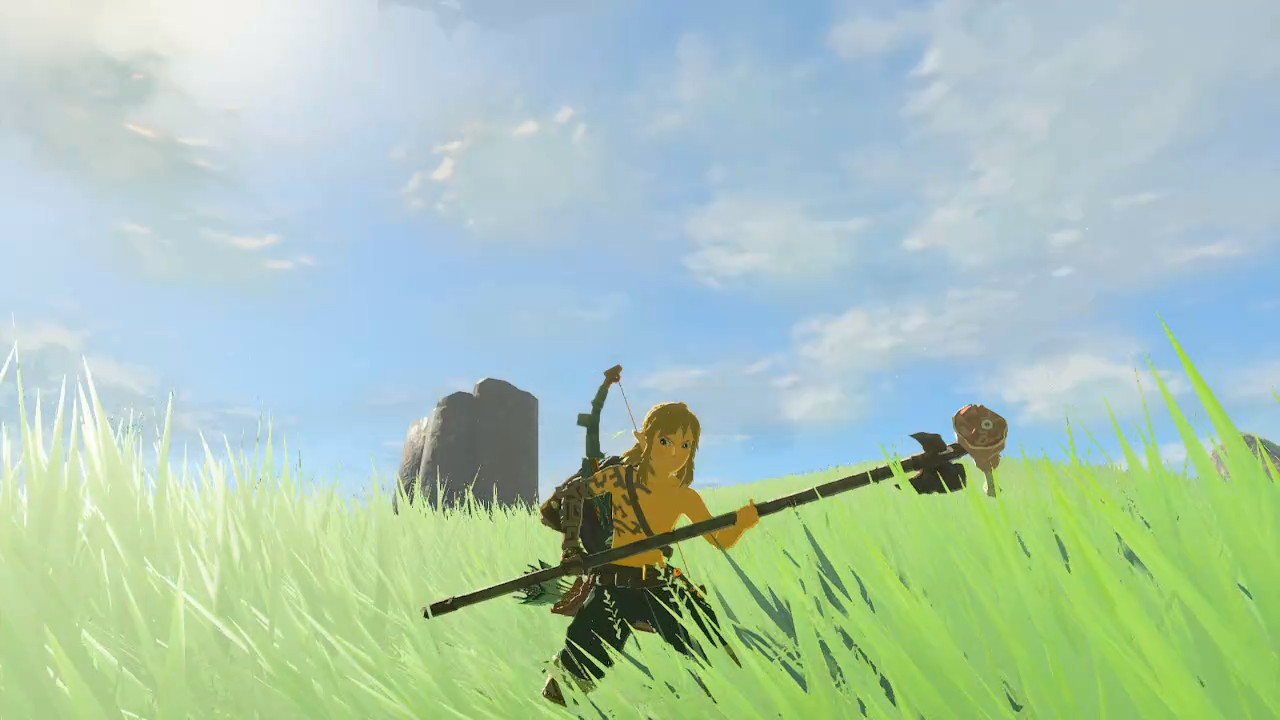
Ultrahand and Recall are the headliners in Tears of the Kingdom. Recall is the ability with the most utility in battle since it can send thrown objects back to the sender. Most importantly, Recall is useful for reversing time for targeted objects. It is very surprising how extensive the use is and the way it is used in puzzle solving is varied.
Recall is handy to have, but it is nothing compared to Ultrahand. Tears of the Kingdom might be the Zelda game with the fewest abilities ever, but it is only because Ultrahand has proven to be the most versatile and useful power that has ever graced any action-adventure game.
Breath of the Wild and Tears of the Kingdom both feature an extensive physics system that reacts to the player’s actions. When Breath of the Wild’s popularity was at its peak, videos of players getting creative with the physics and exploiting it in unimaginable ways went viral. The director must have seen these and decided that the next game should lean into fostering creative ways to get around Hyrule.
This has led to Ultrahand; the power that grants Link the ability to pick up almost any object and put them together to create structures and even vehicles. The entire game leans on this power and it never gets old. There is no limit except your imagination and the game impressively reacts believably to how these creations behave in the world.
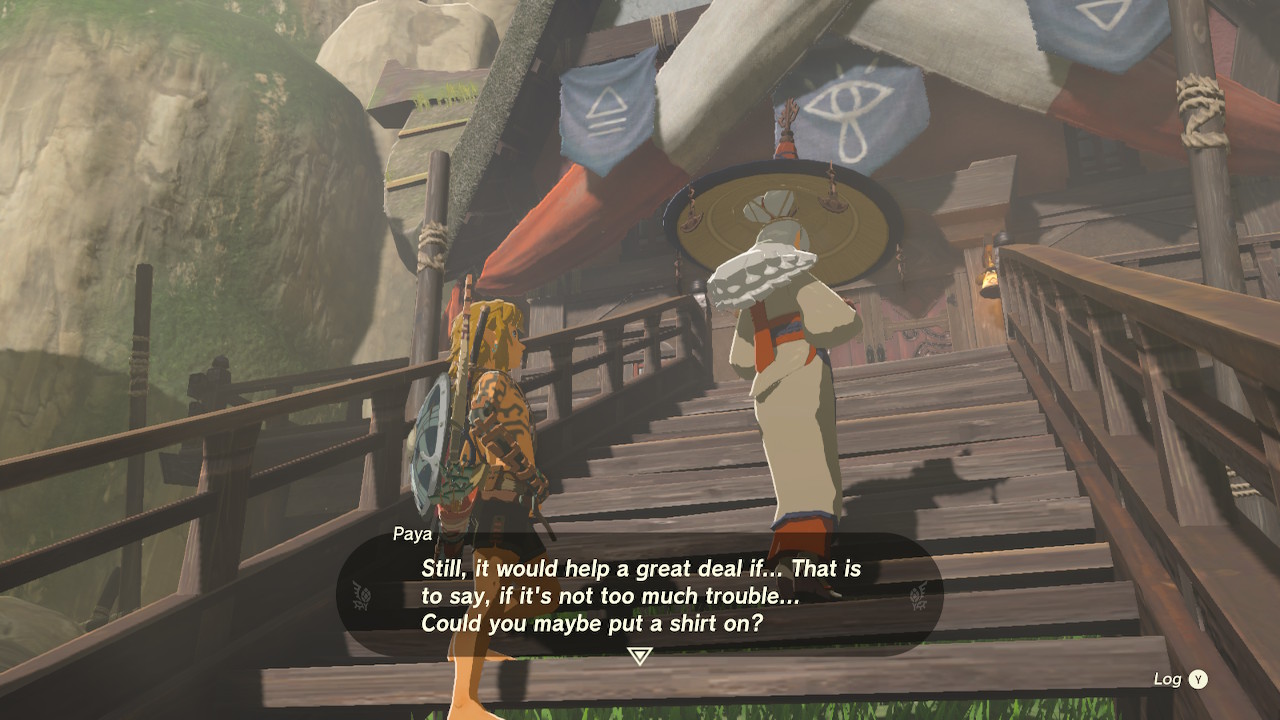
There are tons of gadgets like rockets, fans, servos, laser canons, flame throwers, and even different wheel varieties that can be glued to gliders or floating platforms, or wooden constructs. Link can ride around in homemade cars, hoverbikes, and hot-air balloons (you can supply your fire too) and it does not end there. Tears of the Kingdom pushes players to become engineers to solve problems.
Sadly, some arbitrary limitations in place suck the fun out of these glorious “ah hah!” moments. Feel clever that you assembled a rocket-powered fan-jet with a hot air balloon system? Enjoy your flight while it lasts because the glider part of the vehicle you built will disappear after about one minute of the flight. Even with just a glider and no gadgets attached, the glider won’t last long even if the player is skilled enough to keep it aloft.
The hard limit on certain objects is by far the most disappointing aspect of Tears of the Kingdom. It is worse than the weapon durability which has had some compromises in the form of the Fuse ability. Ultrahand still manages to be a highlight despite some objects having a short lifespan.
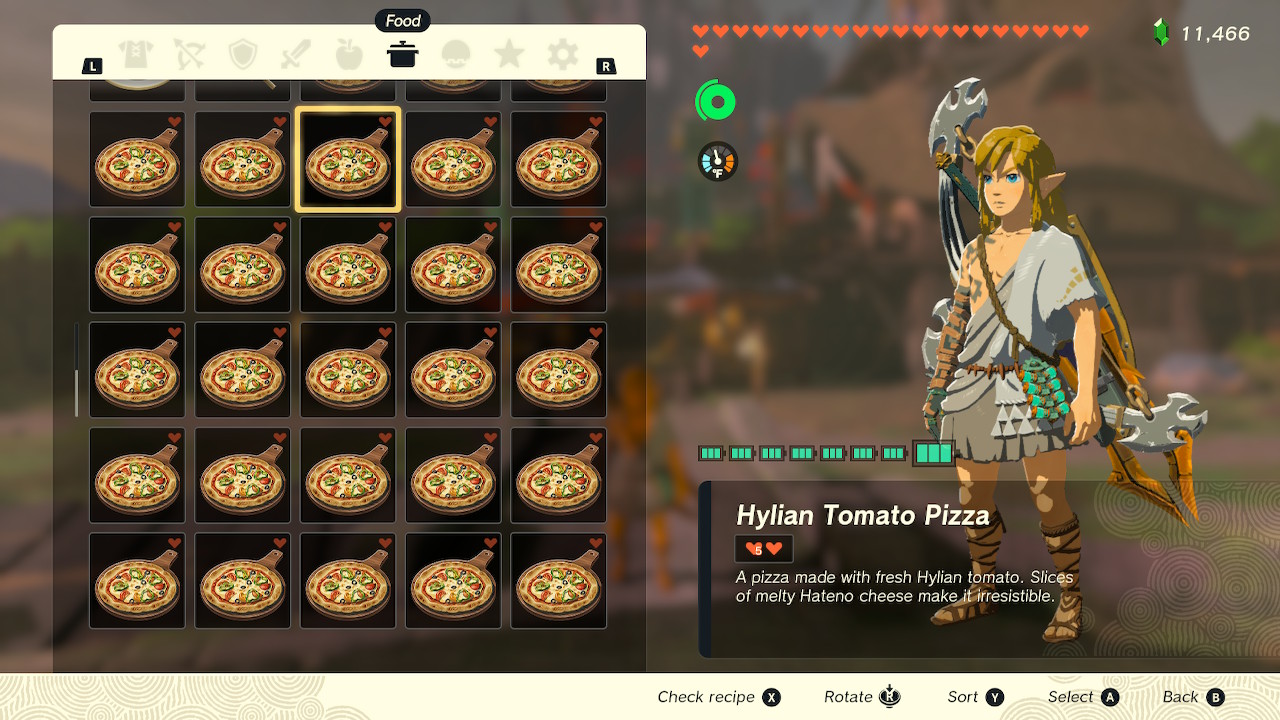
There are seemingly infinite possibilities when approaching any situation. Being able to solve problems your way is what makes the game worth playing and keeps investment high while exploring. Problems from Breath of the Wild reoccur, like the rewards for exploring not always being worth the effort. A player can spend a considerable amount of time preparing and trying to reach an area, only to be rewarded with a weak shield.
Tears of the Kingdom has shades of being a survival game. Link won’t have to manage hunger or thirst, and he won’t get tired, but he does have to mind the temperature. Some environments are too hot and if he isn’t equipped for it, he can be utterly melted in no time. The same applies to the freezing atmosphere which can also kill him if he isn’t prepared.
Like before, the weather also affects gameplay. Link will have a hard time climbing wet surfaces, but now he can craft a sticky potion to stick to walls, even when it rains. The crafting mechanics are the same as they were in Breath of the Wild, but now include more things to create and more items to fuse. Any monster part or pick-up can be stuck on an arrow and shot and effects will vary since everything has unique properties.
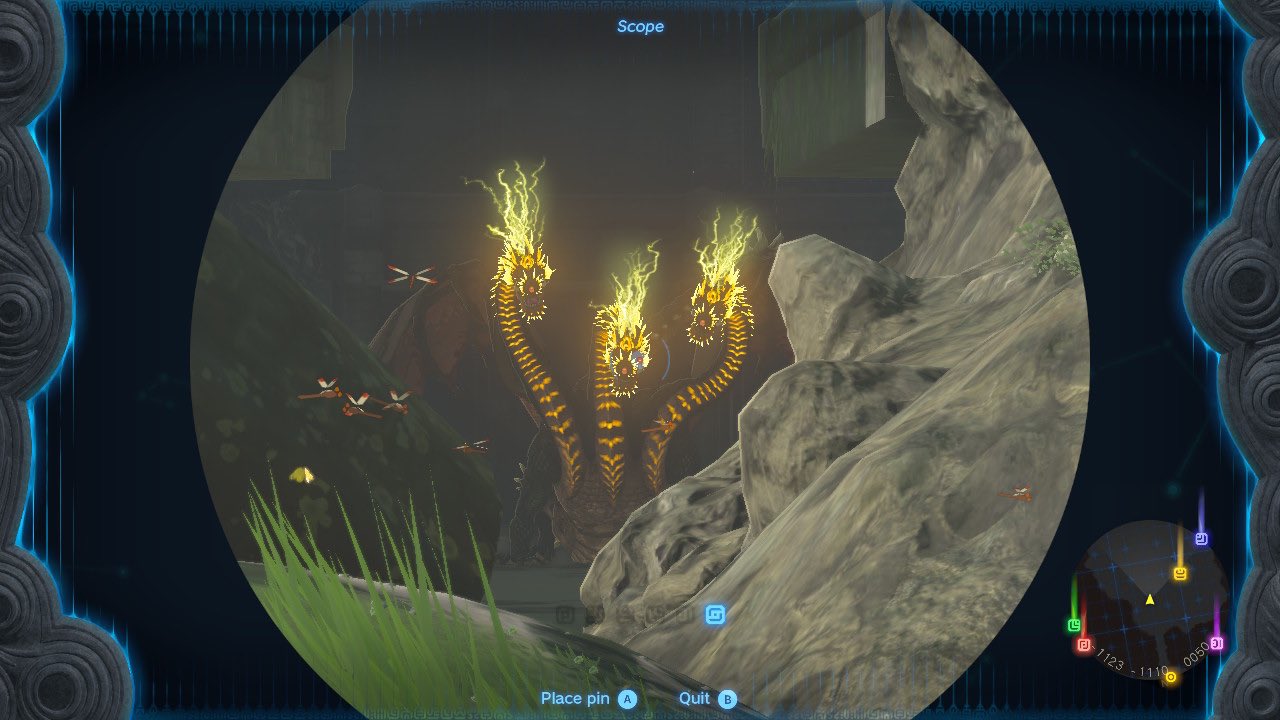
Combat has the same mechanics seen in Breath of the Wild. It is the tried and true Z-targeting system used since Ocarina of Time in 1996. The window for the flurry attack does feel like it might have been tightened up a bit, but aside from that, swordplay has hardly evolved.
In a way, combat has taken a step back since Twilight Princess. In that game, Link had a wider range of sword techniques that he could learn from the skeleton warrior of time and he could move and slash at the same time.
It does seem like a missed opportunity to not expand Link’s moveset in Tears of the Kingdom. In a game where Link can find himself completely unarmed, it would have made sense to allow him to at least throw a punch.
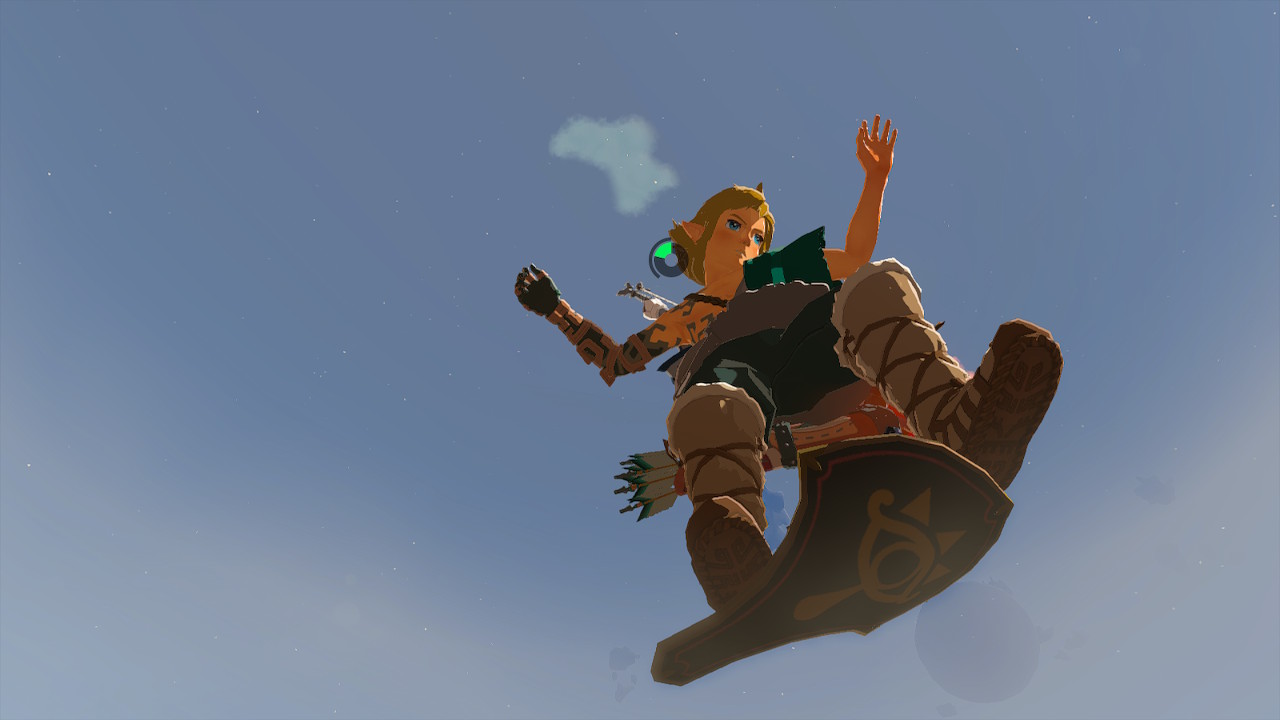
The Legend of Zelda: Tears of the Kingdom makes Breath of the Wild look like a prototype. This sequel is a much more fleshed-out game. There are fewer instances of wasted space or “Test of Strength” shrines. Gamers who were not impressed by Breath of the Wild will still find that the same issues will affect their enjoyment in Tears of the Kingdom.
If you liked Breath of the Wild, then you will be pleased that Tears of the Kingdom is more of it, but refined and with more impressive physics and systems to mess around with. Breath of the Wild was missing something and that something was Ultrahand. It has a transformative effect on how players look at the world and how they can improvise solutions by tapping into their inner engineer.
The Legend of Zelda: Tears of the Kingdom was reviewed on Nintendo Switch using a copy purchased by Nichegamer. Additional information about Niche Gamer’s review/ethics policy can be found here. The Legend of Zelda: Tears of the Kingdom is now available for Nintendo Switch.
